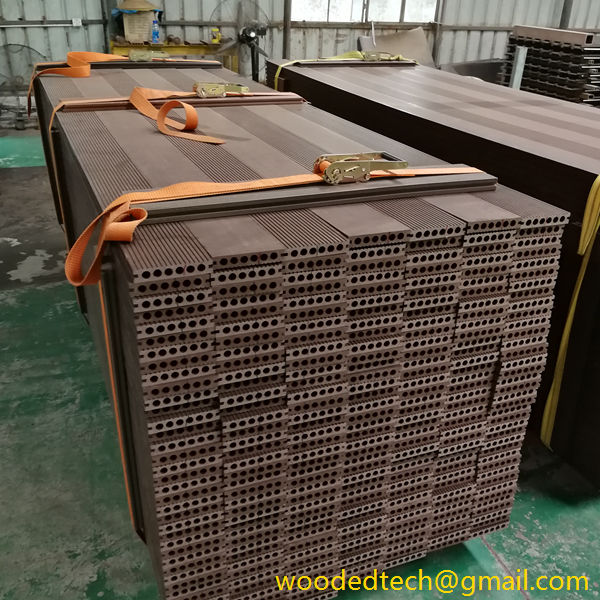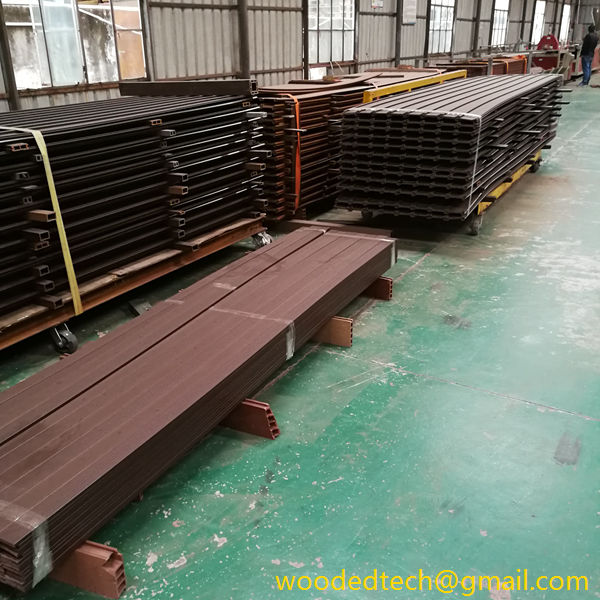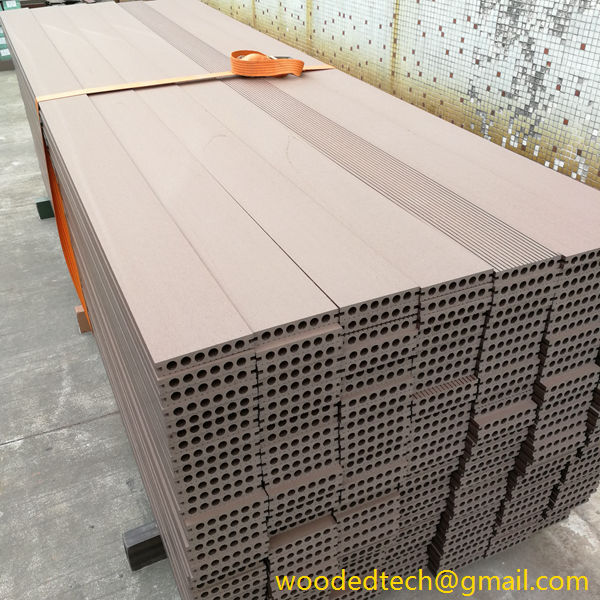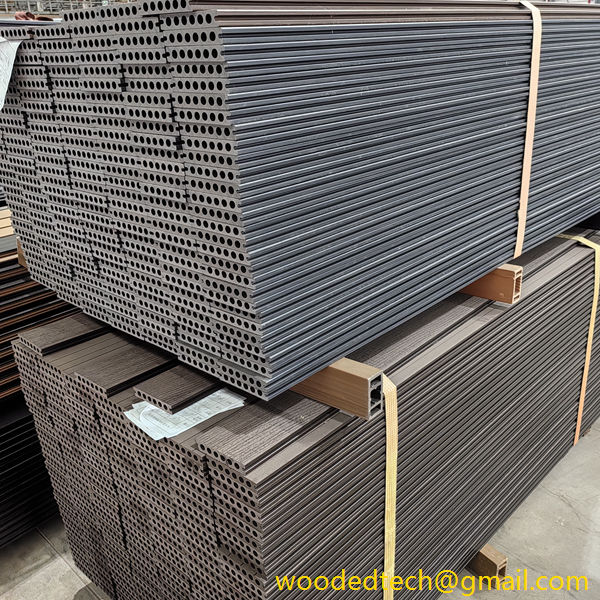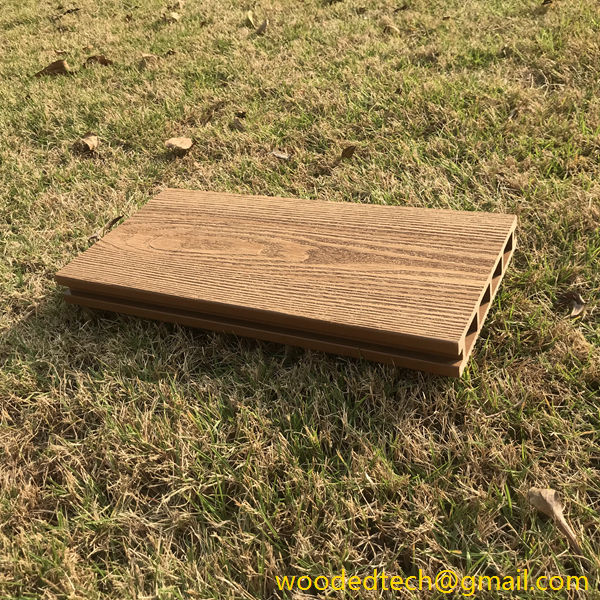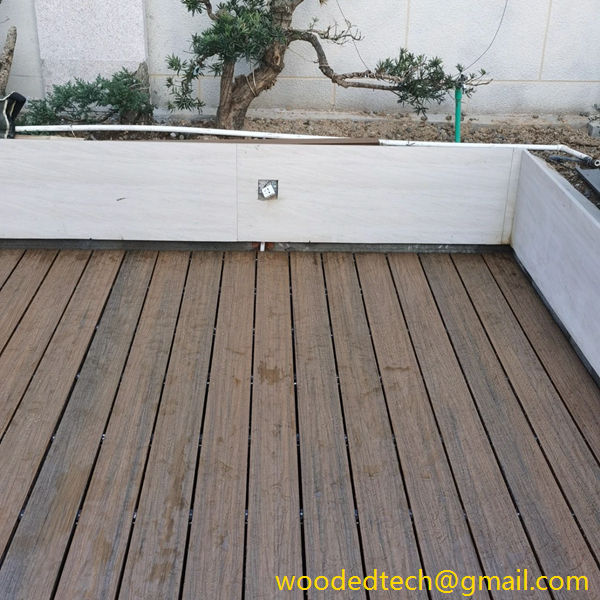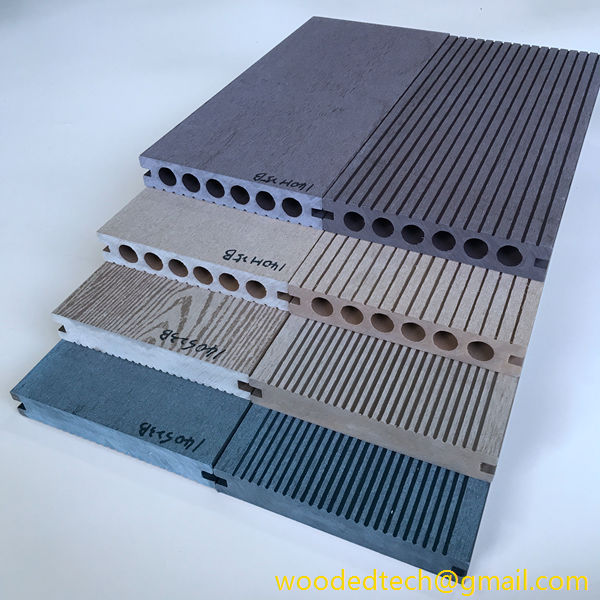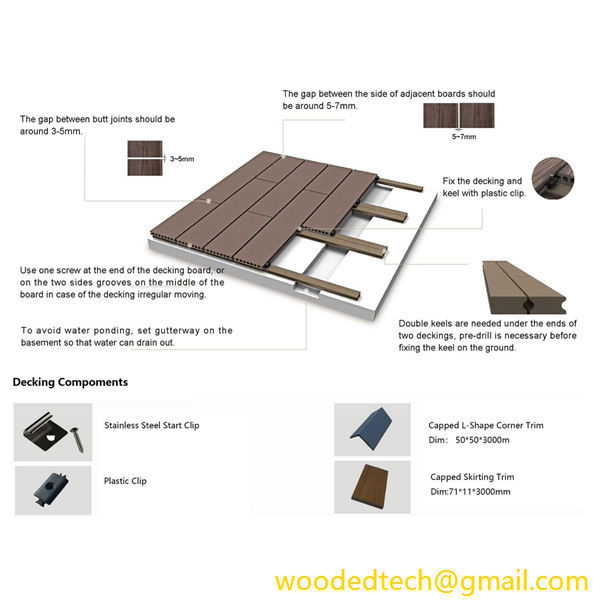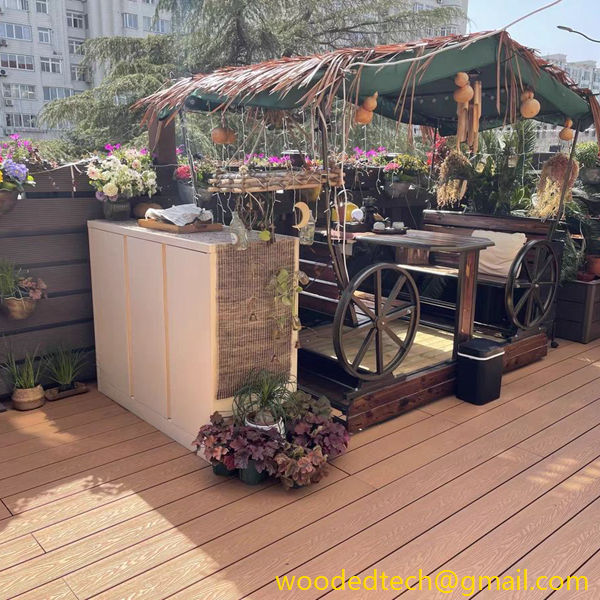Exploring WPC Decking Materials for Durable and Stylish Outdoor Solutions
Exploring WPC Decking Materials for Durable and Stylish Outdoor Solutions In recent years, the demand for durable and visually appealing outdoor spaces has surged, leading to an increase in the popularity of Wood Plastic Composite (WPC) decking materials. WPC decking combines the natural aesthetics of wood with the durability and low maintenance of plastic, making…
Exploring WPC Decking Materials for Durable and Stylish Outdoor Solutions
In recent years, the demand for durable and visually appealing outdoor spaces has surged, leading to an increase in the popularity of Wood Plastic Composite (WPC) decking materials. WPC decking combines the natural aesthetics of wood with the durability and low maintenance of plastic, making it an attractive option for homeowners and businesses alike. As global production capacity for WPC decking expands, it is essential to explore the distribution of this capacity and its implications for the market, consumers, and the environment.
WPC decking is produced by blending wood fibers with thermoplastics, such as polyethylene or polypropylene. This innovative combination results in a material that is resistant to moisture, insects, and decay, making it ideal for outdoor applications. Additionally, WPC decking is available in various colors, textures, and finishes, allowing consumers to achieve the desired aesthetic for their outdoor spaces. As a result, WPC decking has found its way into residential patios, commercial walkways, and public parks, contributing to the growing trend of outdoor living.
The global production capacity of WPC decking materials is distributed across various regions, each with its unique advantages and challenges. North America, particularly the United States and Canada, has been at the forefront of WPC decking production. The region benefits from abundant wood resources and a robust manufacturing infrastructure. Many companies in North America have invested in advanced technology to enhance the production process, ensuring high-quality products that meet the growing consumer demand.
Europe is another significant player in the WPC decking market. Countries such as Germany, Sweden, and Finland have been leaders in developing sustainable production methods. European manufacturers often prioritize eco-friendly practices, utilizing recycled materials and reducing waste during the production process. This commitment to sustainability resonates with environmentally conscious consumers, further driving the adoption of WPC decking in the region.
Asia is rapidly emerging as a key player in the global WPC decking market. Countries like China, Japan, and India are increasing their production capacities to meet the rising demand for outdoor solutions. The Asian market benefits from lower labor costs and a growing manufacturing base, allowing companies to produce WPC decking at competitive prices. Moreover, the expanding middle class in many Asian countries is driving demand for stylish and durable outdoor solutions, further propelling the growth of WPC decking in the region.
As the production capacity for WPC decking materials expands globally, several factors influence the distribution and availability of these products. One significant factor is the availability of raw materials. The sourcing of wood fibers and plastic resins is critical to the production process. Regions with easily accessible raw materials can produce WPC decking more efficiently and cost-effectively. For example, North America and Europe have established supply chains that ensure a steady flow of resources, while Asian manufacturers are increasingly sourcing materials locally to reduce costs and improve sustainability.
Another factor affecting global production capacity distribution is technological advancements. Modern manufacturing techniques and innovations in material science have significantly improved the efficiency and quality of WPC decking production. Companies that invest in cutting-edge technology can produce higher volumes of decking with consistent quality, allowing them to compete effectively in the global market. As a result, regions with a strong focus on research and development are likely to see increased production capacities and market share.
Market dynamics also play a crucial role in the distribution of WPC decking production capacity. Consumer preferences for sustainable and eco-friendly products have influenced manufacturers to adopt greener practices in their production processes. The demand for WPC decking has been fueled by the trend toward outdoor living spaces, as homeowners seek to create beautiful and functional outdoor areas. As a result, manufacturers are responding to this demand by expanding their production capacities to meet the needs of consumers.
In addition to market dynamics, government policies and regulations can impact the WPC decking industry. In regions where environmental regulations are stringent, manufacturers may face challenges in sourcing raw materials or implementing production processes. However, these regulations can also drive innovation, encouraging companies to develop more sustainable practices and products. Regions with supportive policies that promote the use of recycled materials and sustainable production methods are likely to see growth in their WPC decking markets.
The expansion of global production capacity for WPC decking materials presents both opportunities and challenges. On one hand, increased production can lead to lower prices and greater accessibility for consumers, making durable and stylish outdoor solutions available to a broader audience. On the other hand, rapid growth in production capacity may raise concerns about sustainability and environmental impact. As the industry expands, it is crucial for manufacturers to prioritize eco-friendly practices and responsible sourcing of materials to mitigate potential negative effects on the environment.
In conclusion, the exploration of WPC decking materials offers insights into the evolving landscape of outdoor solutions. The global production capacity distribution of WPC decking is influenced by various factors, including raw material availability, technological advancements, market dynamics, and government policies. As consumer demand for durable and stylish outdoor spaces continues to rise, manufacturers must navigate these factors to ensure sustainable growth in the WPC decking market. With a commitment to innovation and sustainability, the WPC decking industry has the potential to create beautiful outdoor spaces that meet the needs of consumers while respecting the environment.

